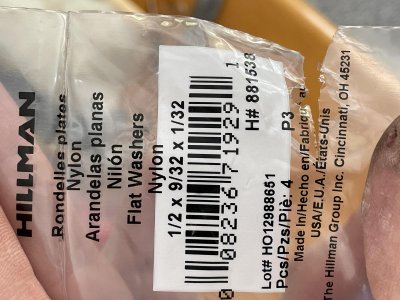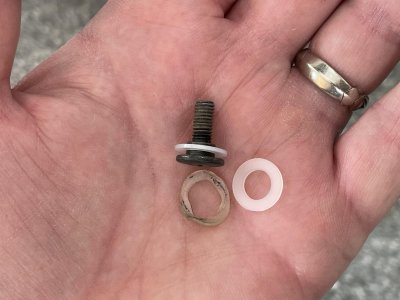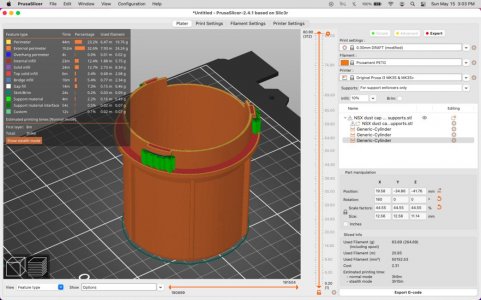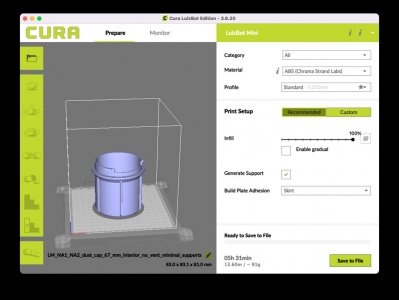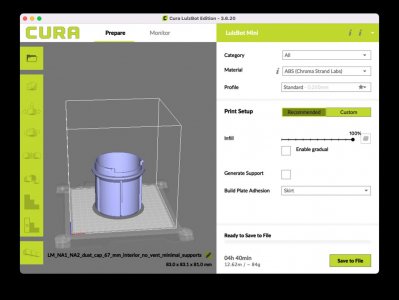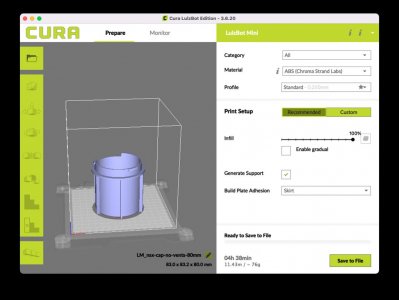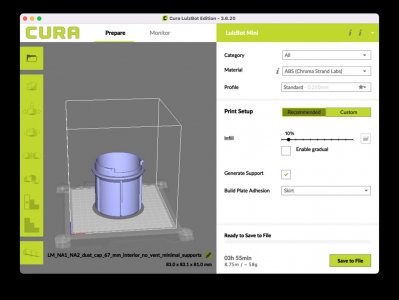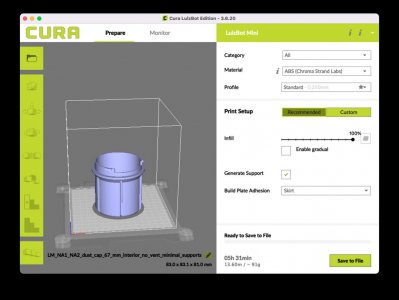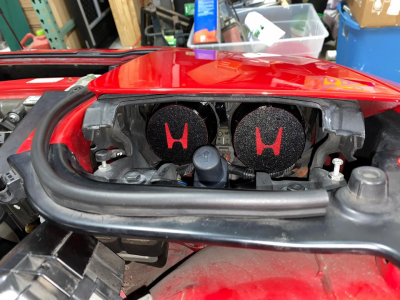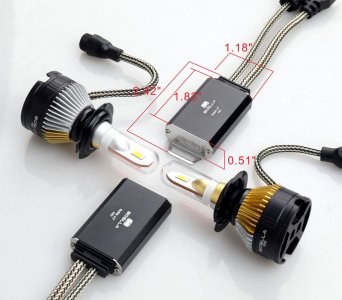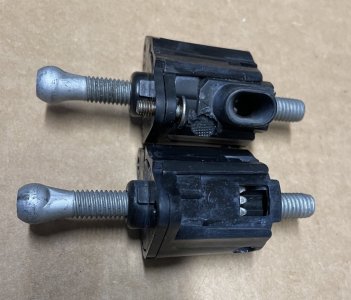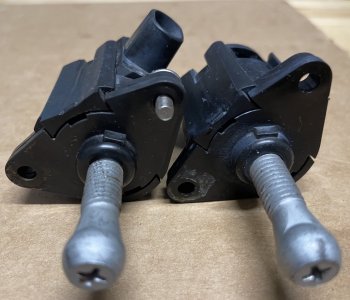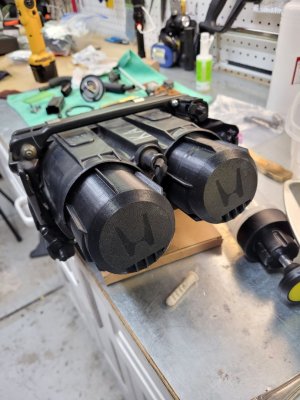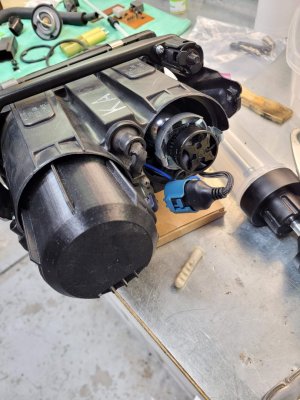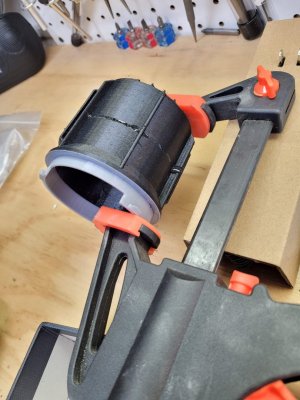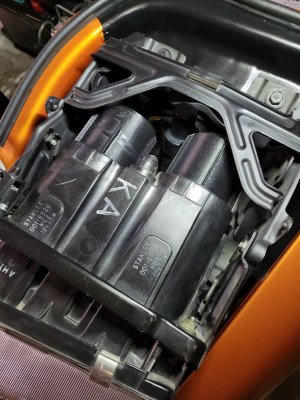Wanted to take the car on a roadtrip and there would be night time driving involved, so was pushed to do this mod. Read all the information, thank you
@Wild Turkey,
@Russ, and all the other many contributors.
Wanted to do the Bolsa lights, but they don't seem to be available on Amazon any more? Wanted to get this done quickly for my drive, so tried to go with what
@Honcho did with the Hikari's. His model was no longer available, (LED's seem to change fast these days), but found these,
https://www.amazon.com/gp/product/B0CKQY8D1K/ref=ppx_od_dt_b_asin_title_s00?ie=UTF8&th=
And they were available for Prime shipping. The also had the removable collars, which my last set didn't that I ordered and had to return. As an added bonus, they have a little screw that once installed in the correct position, the locking ring sits on top of it for added security.
Hikari 2023 20000LM 9005/HB3 9006/HB4 LED Combo Kit, High Lumens LED, 6000k Cool White, IP68 Halogen Upgrade Replacement, Pack of 4
(Of course they dropped $19 a couple days after I ordered them, 50.99 for the set.) Fan variety, no external driver, and not very deep. Connector would still need to go behind the fan though, which I wanted to avoid, but oh well. Still can't decide if I want to go vented or un-vented, and not sure the inexpensive 3D printer I bought the grand kids a couple years ago will churn out the new required caps?
While dissembling mine I ran into the stuck adjuster problem. I freed up two, two still soaking in PB blaster. Probably will order all 4 if they have now upgraded the design? 33129SL0A01. Someone said they come two to a package?
My two adjusters at the bottom of the headlight assembly were also different than the ones at the top. (1991) Bottom ones look to have been "modified" for easier adjustment? Looks like a section was cut out and another section grafted on and plastic welded to make it easier to find the adjuster? Interesting.
Getting an order ready now for Amayama, and finding extra rubber stops and things that I might as well add. Also saw that the rubber gasket just below the lights on the bumper is still available $19 a side,
Honda 71168-SL0-000 - SEAL, L. FR. RETRACTABLE,
Honda 71163-SL0-000 - SEAL, R. FR. RETRACTABLE, mine are not in terrible shape but they are 33 years old. Rubber stoppers,
Honda 90499-SB0-000 - STOPPER A, 1 per side,
Honda 90500-SB0-000 - STOPPER B, 2 per side.
Now that the 3 hour job has turned into 3 weeks-months job? and the car needs tires, will probably have the wheels refinished as well. Since the wheels will be off, there are the side vents that I've always wanted to change to NSX R style. This cheap upgrade is looking a
LOT more expensive than I thought.<g>. Thanks again to all the contributors.






